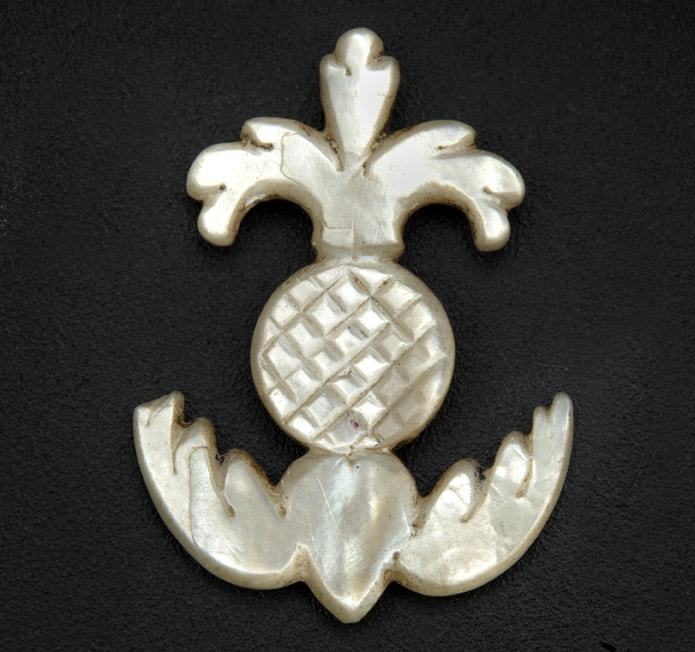About the object
No ordinary fruit
The pineapple was an icon of luxury, hospitality and wealth in eighteenth-century Britain. It would have been seen and understood as an emblem by far more people than ever had a chance to taste one.
Expensive to import from South America and the Caribbean, and very difficult to grow in glasshouses in Britain, pineapples had scarcity value. Their flavour was also highly prized. The fashion for the fruit took off in the seventeenth century. John Parkinson, gardener to Charles I, described the fruit tasting “as if Wine, Rosewater and Sugar were mixed together”.
Pineapples everywhere
In the eighteenth century, pineapple motifs could be found printed on dress fabric, cast in jelly moulds and embroidered as handbags. One wealthy enthusiast even had a building designed and constructed in the shape of an enormous pineapple.
Renting a pineapple
A pineapple as the centrepiece of your dining table was the ultimate culinary status symbol. But what if you wanted to impress your guests but couldn’t afford to buy one? Enterprising business people rented them out by the evening, to be admired but not eaten.
